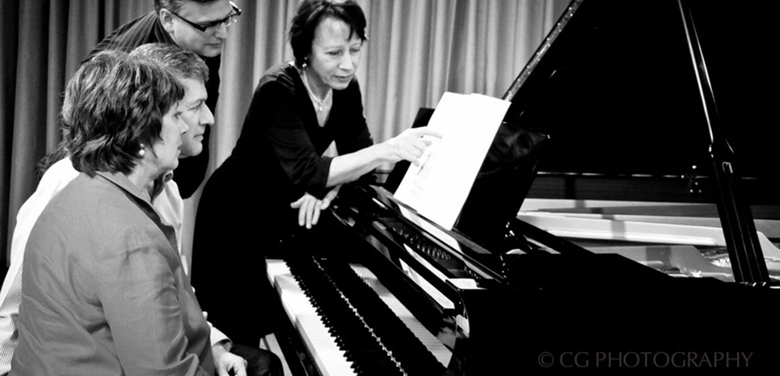Edna Golandsky on the Taubman Approach
Rhian Morgan
Tuesday, December 14, 2021
Rhian Morgan sits down with Edna Golandsky to talk about the Taubman approach, used by musicians to ease playing-related injuries


Register now to continue reading
Don’t miss out on our dedicated coverage of the classical music world. Register today to enjoy the following benefits:
- Unlimited access to news pages
- Free weekly email newsletter
- Free access to two subscriber-only articles per month
